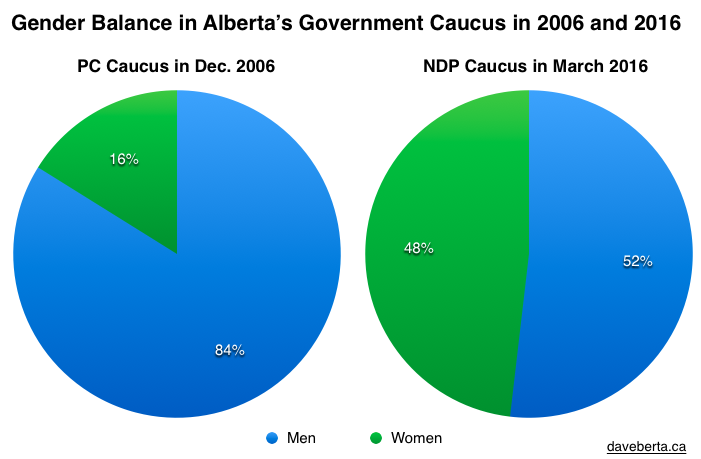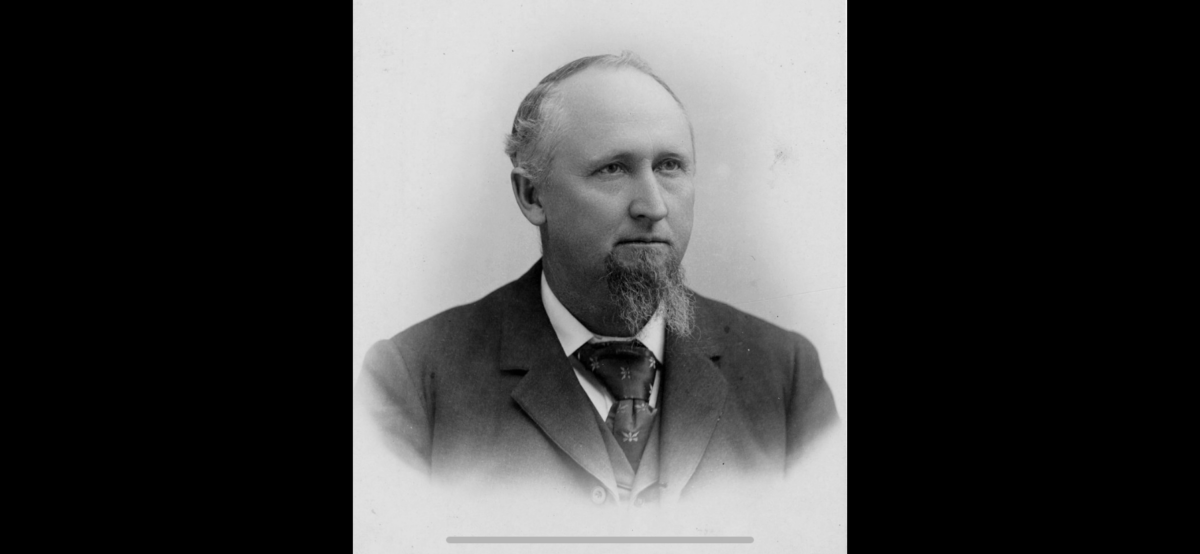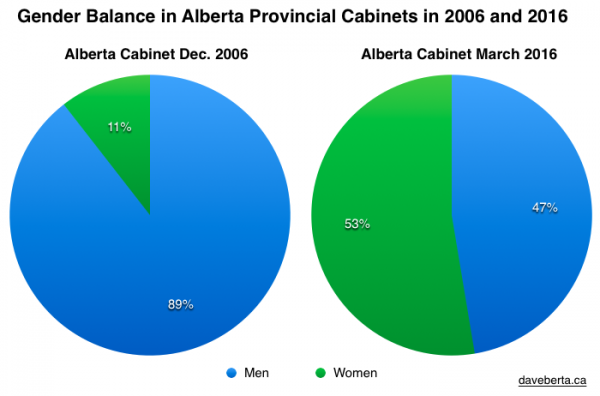Today is International Women’s Day.
Almost one hundred years ago, on April 19, 1916, women in Alberta were granted the legal right to vote through the passage of the Act to provide for Equal Suffrage (Short title: The Equal Suffrage Statutory Law Amendment Act).
The 1916 Act amended fifteen laws, city charters, and ordinances to enshrine in law that “…women shall be upon an absolute equality with and have the same rights and privileges and be subject to the same penalties and disabilities as men…” It was not until the 1960s that all women were granted the right to vote. Until those years, Indigenous Peoples, including Indigenous women, were required to give up their treaty rights in order to qualify for the vote.
One year later, in 1917, two women were elected to serve in Alberta’s Legislative Assembly. Louise McKinney was elected as MLA for Claresholm and Roberta MacAdams was elected to represent members of the Canadian Armed Forces serving overseas during the First World War. Hannah Gale was elected to serve as an Alderman on Calgary City Council in December 1917.
Cora Taylor Casselman, the first woman elected to Canada’s House of Commons from Alberta, represented the riding of Edmonton-East from 1941 to 1945. In 1985, Helen Hunley became the first woman to be appointed as Alberta’s Lieutenant Governor, and she was followed years later by two other women – Lois Hole and current Lieutenant Governor Lois Mitchell.
It was not until 2011 that Albertans had their first woman premier, Alison Redford, who served until 2014. Just over a year later, Rachel Notley became Premier after leading her New Democratic Party to form a majority government.
 Because of the 2015 election, Albertans witnessed a dramatic increase in the number of women represented in the highest offices of our province. Nearly half, twenty-six of the fifty-four NDP MLAs are women, the highest percentage in Alberta’s history. Ten of Alberta’s nineteen cabinet ministers, including our premier, are women. Two cabinet ministers, Status of Women Minister Stephanie McLean and Associate Health Minister Brandy Payne, were pregnant when they were appointed, which represents another first in Alberta politics.
Because of the 2015 election, Albertans witnessed a dramatic increase in the number of women represented in the highest offices of our province. Nearly half, twenty-six of the fifty-four NDP MLAs are women, the highest percentage in Alberta’s history. Ten of Alberta’s nineteen cabinet ministers, including our premier, are women. Two cabinet ministers, Status of Women Minister Stephanie McLean and Associate Health Minister Brandy Payne, were pregnant when they were appointed, which represents another first in Alberta politics.
The shift that occurred during the last election is more dramatic when you remember that only ten years ago, there were only two women in cabinet and 10 women in the government caucus.
Women are still overall underrepresented in the Alberta Legislature, at thirty-three percent, and only three women occupy seats in the thirty-two MLA opposition – Progressive Conservative MLA Sandra Jansen and Wildrose MLAs Leela Aheer and Angela Pitt.
Unfortunately, the prominence of women in the new government has come with a dark side. In the months after becoming Premier, Ms. Notley faced a barrage of online threats of death and violence that her male predecessors appear to have been spared. Hopefully, these types of cowardly online threats will not dissuade more women from seeking office in future elections.
The election of more women to the Alberta Legislature in the governing caucus brought many new voices and perspectives into our stodgy provincial institutions. The NDP moved quickly to commit to take action to eliminate domestic violence, increase access to childcare in public buildings, change Legislative Assembly sitting hours to better accommodate MLA’s with families, raise the minimum wage and increase funding for women’s shelters. The government will also introduce new rules allowing for maternity leave for MLAs, which do not currently exist in Alberta.
Nearly one hundred years after women were granted the right to vote, there area no shortage of areas in politics and society where women are still underrepresented. But at least in Alberta, there is no shortage of strong female role models in the Alberta Legislature for young women who might aspire to become future MLAs, premiers and cabinet ministers.



 Because of the 2015 election, Albertans witnessed a dramatic increase in the number of women represented in the highest offices of our province. Nearly half, twenty-six of the fifty-four NDP MLAs are women, the highest percentage in Alberta’s history.
Because of the 2015 election, Albertans witnessed a dramatic increase in the number of women represented in the highest offices of our province. Nearly half, twenty-six of the fifty-four NDP MLAs are women, the highest percentage in Alberta’s history.